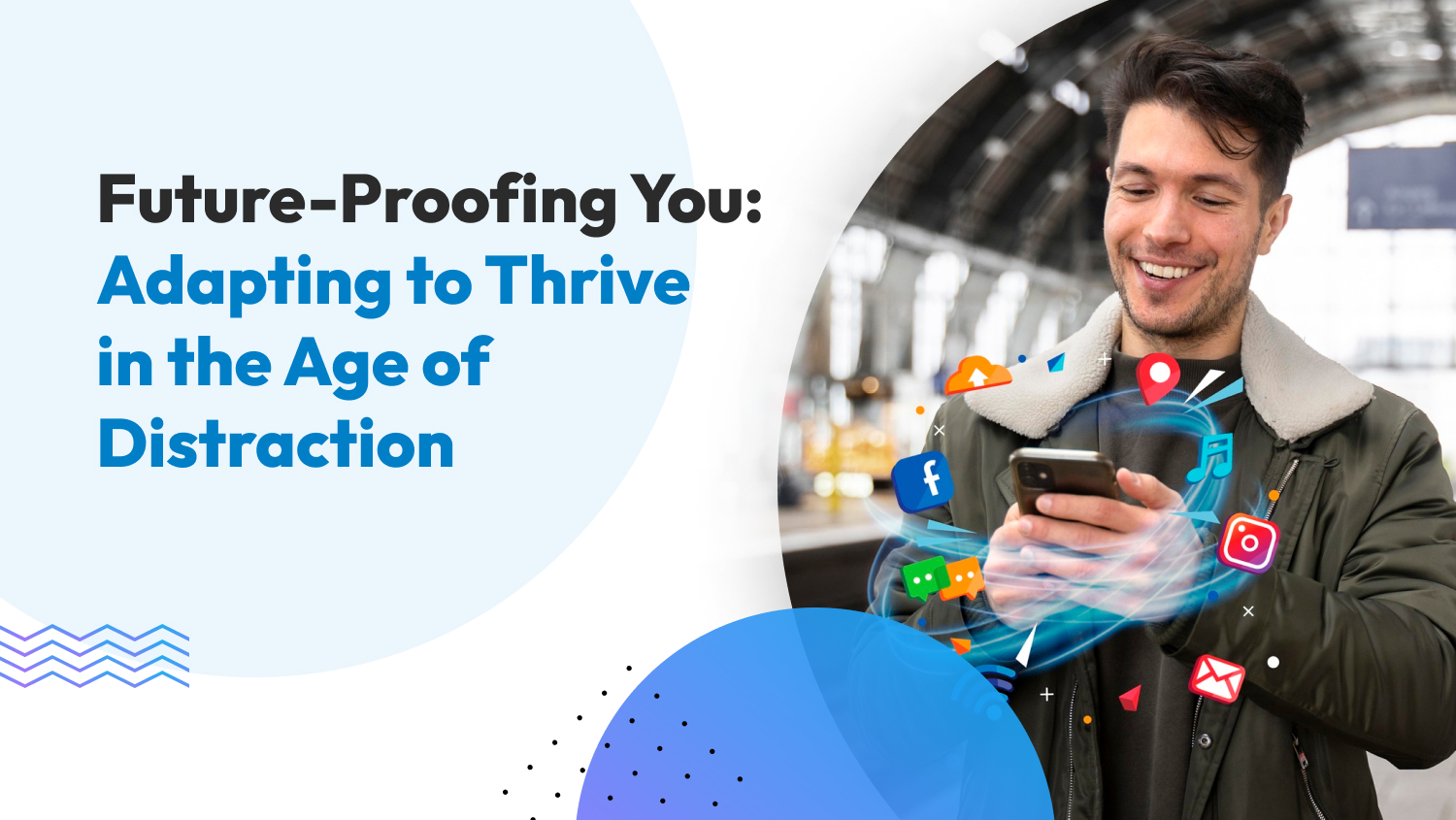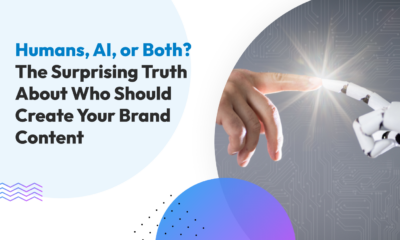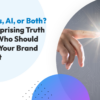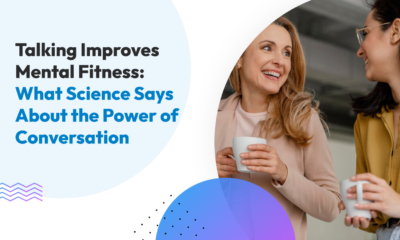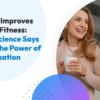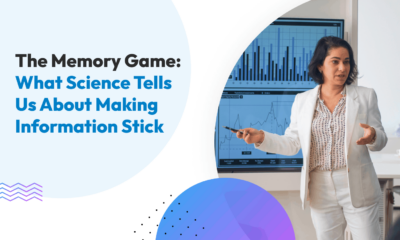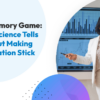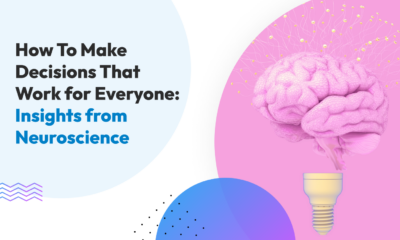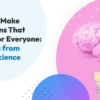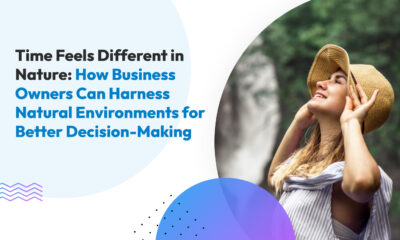Science Says
Future-Proofing You: Adapting to Thrive in the Age of Distraction
We’ve got our diaries, calendars, notebooks, phones, watches and more in one device in our pockets. Sometimes, it feels like our smartphones are both our enemy and our best friend. We struggle between distraction and hyper-productivity because of these tools and the internet at our fingertips.
As a business owner or freelancer, these tools are indispensable to you. But what does science say about how the digital world affects our brains and behavior? This study on the impact of the digital revolution takes a balanced view and acknowledges the positives, the negatives, and the questions that remain open for further investigation.

Impact on working memory: How distractions and multitasking affect performance and focus
Let’s start with what we consider common knowledge at this point. Our smartphones, the internet, and social media have shrunk our attention spans. Some say that ignoring one’s smartphone places constant demand on our working memory, much like adding an extra process running in the background that bogs down our brain capacity.
Others also think that constantly switching between apps and tasks makes the brain more responsive to distraction and weakens our ability to filter out or ignore irrelevant stimuli.
Yet other research considers the possibility that this observed pattern of poorer attention and extensive digital media use could be a correlation and not causation. Individuals who have short attention spans to begin with, tend to spend more hours on and multitask on a lot of apps and devices than those who are less prone to distraction.
So what does this tell us? Well, it might be the case that both theories can be true. The accessibility of digital technology means we use it more often, and as we will talk about in the next section, it has an impact on the brain. At the same time, it can be exacerbating pre-existing predispositions.
While the causation of attention issues isn’t firmly established, the association between extensive digital media use and poorer memory, impulsivity, and academic performance is quite a strong signal which we probably shouldn’t ignore.
Action Item: Be mindful about the amount of time and kind of activity you do on your digital devices. Are you doing ‘deep work’ studying something and focusing on a single task for dedicated blocks of time? Or are you just opening and closing one window after another without getting anything done? How many minutes (or hours) do you “decompress” scrolling YouTube shorts, Instagram reels, and TikTok? Are you able to work through a time block without checking your phone?
Minimize the possibility of the apps on your phone or your computer breaking your attention by using app blockers or even keeping them out of sight and hearing.

Impact on existing skills: Use it or lose it
We mentioned how the brain is highly adaptive and will change in structure and function to adapt to what we are frequently doing. For example, long-time taxi drivers’ posterior hippocampus (the part of the brain researchers believe holds spatial representation of the environment) are much larger than those who don’t drive taxis. Professional musicians have a larger portion of the neural cortex dedicated to the control of the fingers than non-musicians. Similarly, those who use touchscreen devices a lot, have very active somatosensory cortex.
Certain parts of the brain become more active or more developed depending on what activities we frequently engage in. But does this happen at the expense of other skills and abilities?
A skill as simple as memorizing a list of things can weaken when we can rely on a device to hold that information for us, same as remembering important appointments, birthdays, or even more basic things like how many feet in a mile or ounces in a cup. In fact, one experiment showed that students who were told they could access certain information on online storage performed poorly in a memory exercise compared to those who didn’t expect any digital backup.
The skills and tasks we outsource to technology inevitably impact what we practice, which in turn causes adaptations of the brain. Less frequently used brain connections weaken or are eliminated.
Action Item: Increased reliance on technology isn’t necessarily a negative, as long as we are aware of what we are ‘giving up’ in exchange for efficiency. But we have to be more mindful that there are just some aspects of a healthy and productive life that cannot be delegated to a device.
Balance time spent on or relying on devices, with living and functioning offline. Instead of scrolling social media to unwind, engage in physical activity. Take up a hobby that doesn’t involve screens and the internet. Make time to enjoy nature and the company of friends and family. Try making ‘digital detox’ a daily practice instead of something you do when you start to feel burned out.

Impact on learning: Are printed books better than e-books or audiobooks?
There are so many ways to research and study on the internet now. You can search for articles, find a good YouTube tutorial, or get the best resource on audiobooks.
Studying using different media has its advantages, especially in terms of accessibility. But could the old-school reading on hard-copy prints be superior?
The paper cited an experiment where two groups of students were made to read the same text, one in printed format and one as PDF on a screen. Results showed the group who read printed copies understood connections among complex ideas better than the PDF group.
Another study on young adults showed comprehension very similar when reading on print versus digital, but those who read on paper remember the chronology of events better. Researchers believe the experience of thumbing through pages of text helps us create a better time map in our minds compared to reading on a Kindle where there is much less sensory involvement.
Again, research outcomes are not as clear-cut as popular media tends to portray, and unique situations can probably illustrate that digital and paper reading can be at par. Think of how deeply you focus on reading a blog about the latest viral trends on TikTok (a lot of which aren’t relevant to you or your business), versus reading an ebook on taxation. Most likely, you can achieve a similar level of engagement, retention, and comprehension in the second scenario compared with reading a printed book simply because the content is highly relevant and necessary for you.
Even audiobooks, which tend to be described as less effective than traditional reading, can have a place in your learning arsenal. The trick is to find the best media for you and your situation.
Action Item: It is probably unrealistic to insist on using printed materials all the time so we need to balance digital and traditional learning methods. Supplement e-reading or podcast listening with note-taking to help with retention and comprehension. Avoid multitasking while reading online or listening to facilitate deep learning.
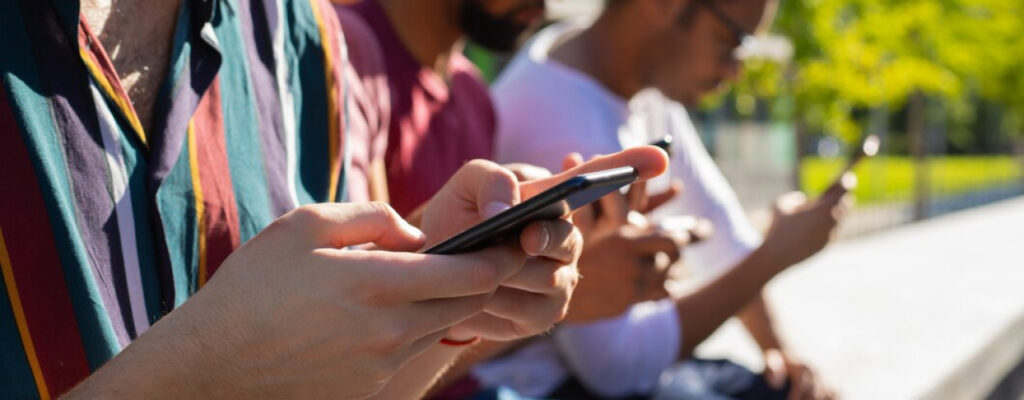
Impact on mental well-being and social skills: Is there a natural limit to our social circle?
Anxiety, addiction, poor social skills, and empathy – we’ve heard them all blamed on social media. And many (if not all) of us have experienced a bit of that when we spent a little too much time in the wrong corner of the social media landscape.
The study cites one interesting theory as to why this may be. The constant connectedness to an infinite number of individuals may be overburdening the areas of the brain dedicated to social interaction. It seems like the neurobiological limit is 150 individuals in our social network, with whom we can maintain fairly close interactions.
With social media, however, these natural constraints are constantly blown out, and trying to keep up with everyone is just too overwhelming.
Action Item: Set time limits for the use of social media and experiment with not using it as the main tool to keep in touch with family and friends. Always balance face-to-face catch-ups or calls with friends and family instead of just reading and commenting on posts.
In the business sphere, there is a tendency to overshare and blur personal and professional lines in social media. Try to set boundaries for the type and number of interactions you engage with. Setting a window within the day for engagement and nothing beyond that can be a healthy way to set limits to your extended social network.

Impact on digital natives: What are the implications for communicating and connecting with this and the next generation?
A lot of the research mentioned in this paper focuses on the adverse impact of digital technology use on the youth, from the changes in language and literacy skills of preschoolers to the development of addiction, anxiety, poor attention, memory, and social skills in teenagers and young adults.
These raise the question of how our brains will continue to adapt to this digital world. Will the ‘problems’ now become the norm tomorrow? What do we need to know about what, where, and how people are consuming information to continue connecting with our audience or understanding their challenges and needs?
For example, it has been observed that less brain interconnectivity is observed in small children watching an animated story versus listening or reading from an illustrated storybook. Another study on intensive screen-based media use by preschoolers indicated correlations with lower language and reading capacity. But today, entertainment and even educational material in video format is a go-to not just for children but adults as well.
Adolescents who seek acceptance and are still maturing emotionally can be vulnerable when exposed to social networking sites and screen-based media. Yet as digital natives, it is nearly an unavoidable part of their lives – aside from entertainment, school is now online, and everyday communication is now done through chat and social media.
Harvard-trained psychiatrist and founder of Healthy Gamer Dr. Alok Kanojia, spoke on VidCon2023 about what he sees as drivers of mental health decline in the internet generation. One is the ability to always scroll or swipe onto something more interesting and constantly seek pleasure, especially with the explosion of short-form content that leaves us spoiled for choice in entertainment and distraction. But scrolling through hours of those shorts inevitably leaves us feeling bad. Then beauty-enhancing filters on Zoom, on our phones and other social media apps distort our perception of our appearance and lead to body image issues.
Action Item: These ways of learning, seeking entertainment, working, and socializing shape not just the youth but adults who are embedded in the online world, as well. As business owners or freelancers, we need to see, adapt to, and leverage these emerging behaviors and trends.
Dr. Kanojia recommends leading with empathy to connect with an audience increasingly struggling with mental health. Stay updated on digital trends and your audience’s evolving behaviors and preferences. Attend industry events and follow podcasts and blogs by thought leaders, experts, and top players in your field. This way, we are equipped to be more proactive in meeting our audiences where they are, engaging with them, and addressing their pain points and challenges.
Wrap Up
Smartphones, apps, and the internet at our fingertips are all tools. Just like any other piece of technological development, it has its benefits and advantages, with accompanying (mostly) unintended pitfalls and drawbacks.
Awareness of the potentially undesirable effects is a first step for us to audit how we spend our time online and on our devices. And to honestly assess whether we are using these tools to elevate our skills, productivity, and learning, or are a gateway to bad habits.
It would be very interesting to see long-term studies on how digital technology use affects brain development. We live in a digital world, but should always be in control of technology.


